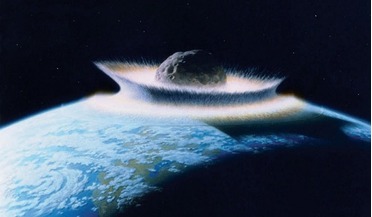 July 2014
Preventing catastrophic impact
July 2014
Preventing catastrophic impact
... facilities for launching space rockets and nuclear capability: Russia, the USA, the European Union, China, Japan and India. But in order to organise this work quickly, it is vital that mankind first works out a mobilisation...
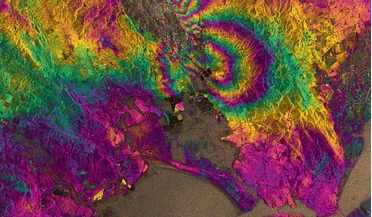 December 2014
Motion capture
December 2014
Motion capture
... countries because it does not rely on having expensive instruments on the ground. Even in places like California and Japan, where there are extensive networks of ground-based instruments, no other technique can give us measurements with InSAR...
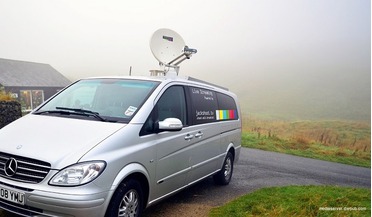 March 2015
Satellite technology in newsgathering and disaster coverage
March 2015
Satellite technology in newsgathering and disaster coverage
... video, especially in areas with advanced infrastructure. And here we come to the main Achilles heel of satellite technology. Japan’s tsunami made the media’s job tougher One would think that satellites would be extremely well positioned...
 March 2016
Searching for water in the Solar System
March 2016
Searching for water in the Solar System
... migration events and this region is so interesting to scientists that multiple teams in Europe, the United States and Japan are currently working on the development of concepts to explore that region. NASA recently selected a mission concept under...
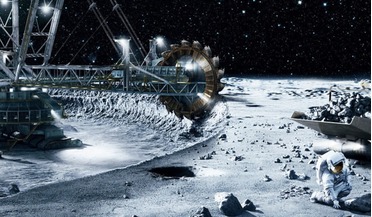 March 2016
Space Mining – the Reality of Tomorrow?
March 2016
Space Mining – the Reality of Tomorrow?
... global economy has expanded to make this prediction a reality. Soon the economies of China, India, Indonesia and Japan - plus the smaller countries of Singapore, Taiwan, Republic of Korea, Thailand, etc - will outstrip those of the US and...
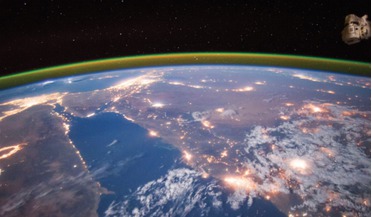 August 2016
High-resolution Earth observation data is changing the character of war
August 2016
High-resolution Earth observation data is changing the character of war
... been something that only less than a dozen or so powerful countries – the United States, Russia, China, India, Japan, France and several others – have been able to use. With the dissemination of high-resolution Earth observation...